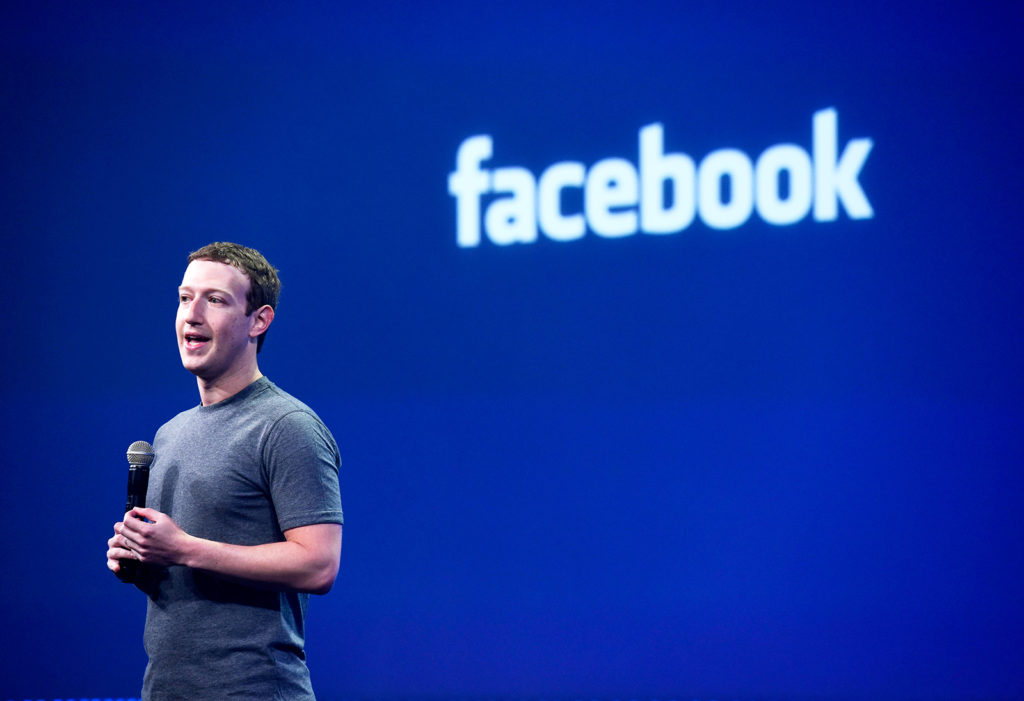Facebook has come a long way since its introduction in 2004, with a high amount of earnings in its most recent quarter ($6.44 billion over the past three months) and a monthly user base of 1.71 billion, per their recent earning’s call. However, it’s also innovated in a number of ways when it comes to how products are marketed on its site.
Thanks to the introduction of new services (such as Facebook Messenger and Facebook Video), the site has found ways for companies to reach out to consumers—and not with obtrusive, stock ads that stick out like a sore thumb. Let’s look at the many ways that Facebook has mastered the art of marketing products:
Video, Video Everywhere
While Facebook was originally launched as a way to connect with your real-life network, as content from publishers gained prominence, video became a key aspect of the site. Facebook Video has grown quite a bit over the past few years, making it a viable competitor to Google’s YouTube.
There have been more notable deals as of late, including the signing of many media partners and celebrities, along with a recent partnership between Facebook and Blizzard to help connect friends better with the competitive shooting game Overwatch. And the medium is just getting started, as more and more marketers are finding the best ways to utilize video, including new formats like 360-degree video—a very friendly format for virtual reality.
Changing How We Feel About Data Collecting
In order to gain access to sites and services, we inevitably surrender our data. As a society, our attitudes about what information we provide and our consent to use it has become increasingly laissez-faire over the past few years. Beyond the information you enter upon signing up, Facebook is constantly collecting information on its users who are willing to provide it, by liking pages and posts, watching videos and who they follow, over time the social media giant has a pretty good sense of who you are, what you like and don’t like.
The company breaks down its data policy here, explaining how data collection is utilized for communication and ad measuring services. While there are those who still feel uneasy about having personal information available such as this, Facebook’s system has enabled a “breathe easy” format that uses it for the better.
Content Consumption
In the past, users usually visited a website just to get the information they needed—checking on a news story, watching a movie trailer—and then happily moving along their way. Facebook’s News Feed put all of the content users like in one place, which keeps them coming back for more and replacing what traditional web portals have provided for the Internet—only completely customizable and personalized.
Targeting Audiences
In the past, creating a target audience for a product was tricky business and not an exact science. For all of its incessant data collecting, Facebook has made it a whole lot easier for brands to get in front of consumers who are relevant to them and vice versa. From age groups and income brackets to specific geographic locations and whether you like sports, marketers are able to drill down and reach niche audiences more easily than ever before.

